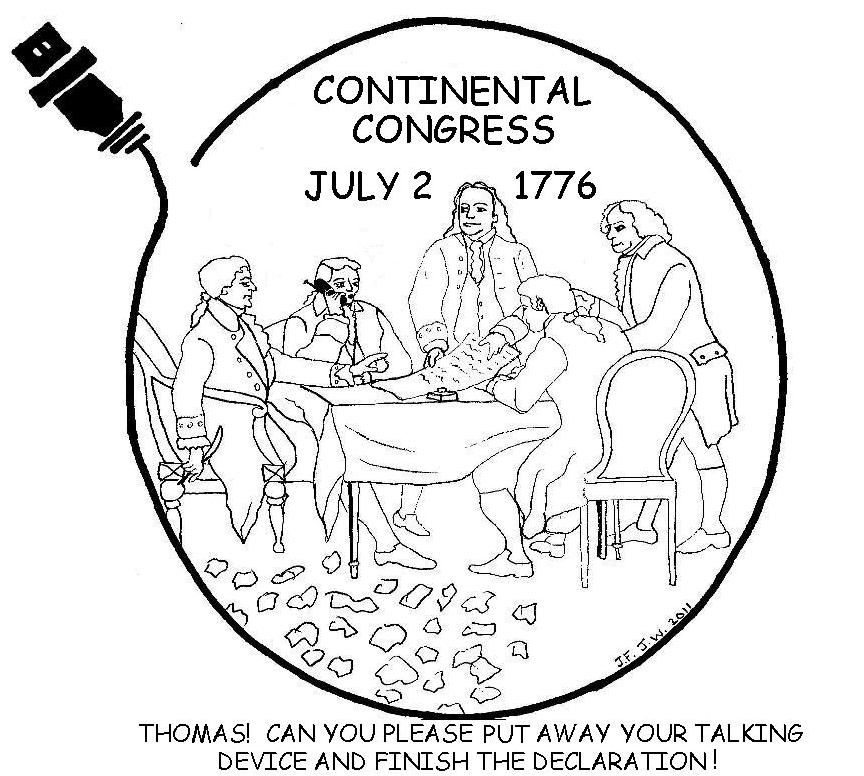An App Isn’t a Mobile Strategy
I don’t want to burst anybody’s bubble, but just because you’ve created an iphone app for your brand doesn’t mean you can tick off that box on your to do list which says ‘mobile strategy’.
Firstly, Apple’s iOS is just one platform for apps, albeit the dominant one at present in terms of volume of downloads. But Google’s Android platform powers a number of the top smartphones and is catching up fast.
Also, there are some rather sobering stats when it comes to apps that I’d like to share with you:
- A recent study conducted by Deloitte found that 80% of apps created by brands had less than 1,000 downloads.
- Of the 27% of mobile phone owners who own a smartphone in the UK (stats from Ofcom), just under 50% have downloaded an app (so far so good) but only 1 in 5 do so on a regular basis. So just over 5% of the mobile phone owning public are regular app downloaders, and they’re most likely to be young and male – not much use if your target market is older and female.
 Now my point is not to say that creating an app is a waste of time – there are lots of brands that have created great apps that have enhanced their brand equity and helped them to build a highly involving one-to-one communication channel with their customers. But there are also plenty of poorly conceived, or poorly executed, or poorly promoted apps (or all 3) lying neglected in Apple’s AppStore. An app is a communication tool, not a strategy.
Now my point is not to say that creating an app is a waste of time – there are lots of brands that have created great apps that have enhanced their brand equity and helped them to build a highly involving one-to-one communication channel with their customers. But there are also plenty of poorly conceived, or poorly executed, or poorly promoted apps (or all 3) lying neglected in Apple’s AppStore. An app is a communication tool, not a strategy.
My advice is to work out what you’re trying to achieve first and then work out what tools you need to achieve it. To use a DIY analogy, you wouldn’t pick up a hammer and say, ‘What can I build with this?’ You’d start off by saying, ‘ I need a cupboard, what do I need to build it?’
So start with a goal and an understanding of who your customers are and what they want from your brand and then work out how mobile can help you achieve it. That’s a mobile strategy.
For example:
How can mobile help me to increase the number of enquiries I get?
Have you looked into mobile display advertising? Would this effectively reach your target audience? It’s new and novel, and formats are page dominant, so it’s impact is higher than traditional online display.
What about a mobile ‘offer’ site to support offline campaigns? People often can’t be bothered to turn on their PC when they’re leafing through a newspaper or magazine or see an add on TV, but they could well check out your offers on their smartphone, which is likely to be on and to hand. A QR code will increase the chance of response.
How can mobile get more people to come to my shop(s)?
How about this rather neat way of turning your shop address on a website into a text (with a link to a map) that will help a consumer to find you?
What about using paid-for mobile search to create a highly relevant ad for people searching for your brand on the move, linked to a mobile optimised landing page with a location map for your nearest store and the latest offers available?
How can I use mobile to improve my customer service?
How about texting your customers with useful numbers (their hotel number, a number to call if they have any problems, their 24 medical assistance number etc) just before they leave the UK so they’ve got them conveniently stored it they need them when they’re away?
How about a courtesy ‘just wanted to see how your holiday was going’ text a few days into their break or a ‘welcome back, how did it go?’ text when they return?
What about a number people can text with any comments they might have about your hotel to help you improve your service in the future?
Or perhaps a mobile website which allows people to book hotel services such as restaurants, spas and room service from their mobile phone?
Wow – I don’t believe it, I’ve managed to come up with 8 mobile ideas and not mentioned the word ‘app’ once. And half of those ideas relate to text, a technology that virtually everyone uses and you don’t even need a smartphone for.
Mobile is an area you can’t afford to ignore – smartphones are being rapidly adopted and within a couple of years over half the population will own one. And smartphone owners use their phones more often and to do more.
You need to formulate your strategy now, and that strategy may include a well-conceived, well-designed and well-promoted app. But make sure you look at all the benefits that mobile can bring to your business because if you competitors prove to be more ‘mobile’ than you, believe me you’ll regret it.


